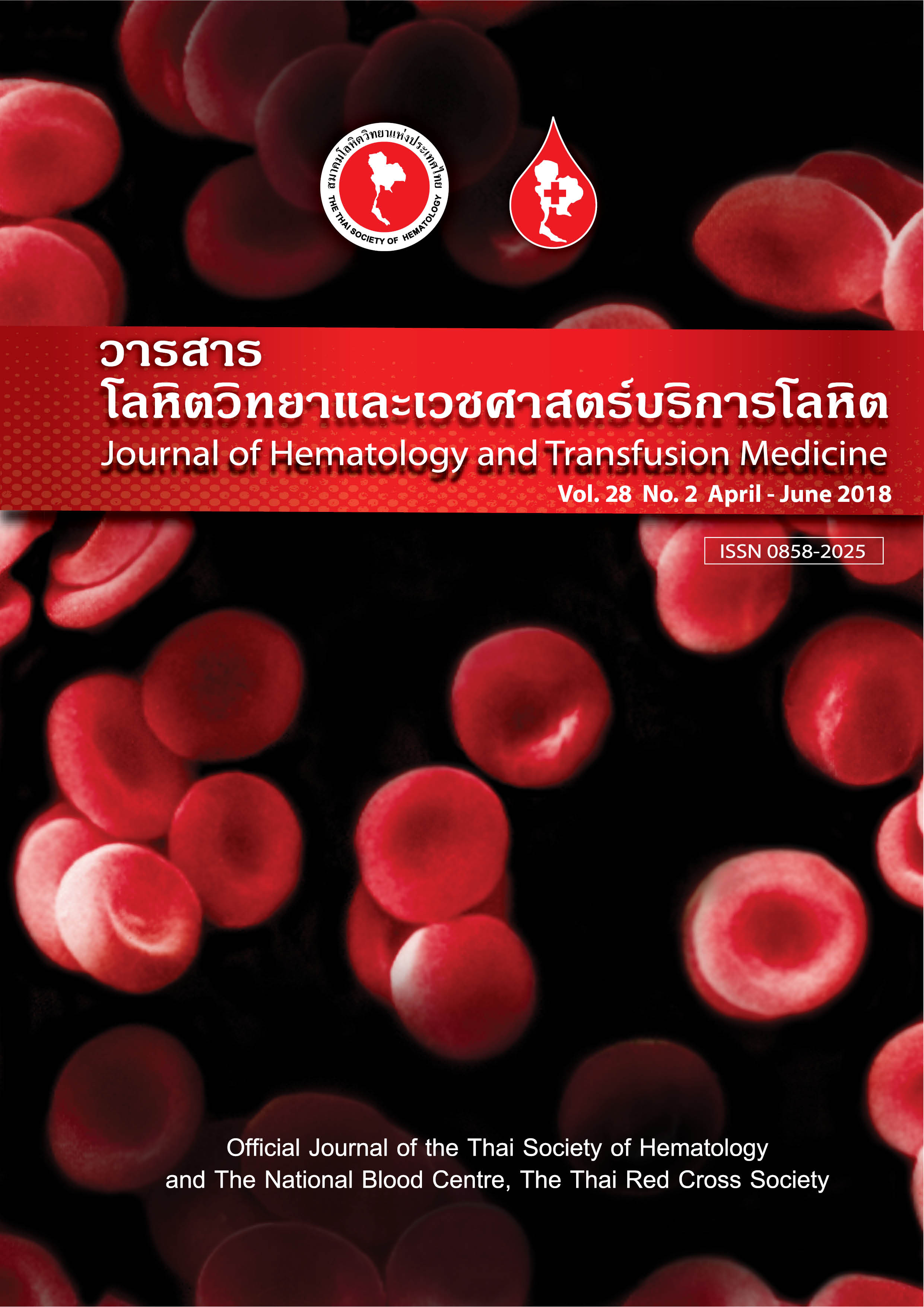Pathologic Findings before Diagnosing Malignant Lymphoma – a Retrospective Study in a Large Medical Institute
Keywords:
Lymphoma, Associated conditions, Lymphoproliferative disorders, Transformation, MisdiagnosisAbstract
Introduction: Information regarding pathologic findings before diagnosing malignant lymphoma is lacking.
Objective: To gather information especially pathology findings from patients with lymphoma seen at a large medical institute. Methods: A laboratory information system was used to retrieve patients with lymphoma patients that received first diagnosis or had pathologic samples during follow-up in 2016 at Siriraj Hospital including in-/outpatients and consultation cases. Then all the pathologic samples were reviewed to confirm the diagnosis and subtyping of lymphoma according to the WHO classification (revised 4th edition, 2017). Moreover, any clinical information or pathologic findings related to lymphoma were searched for.
Results: Overall 999 patients with lymphoma were seen in 2016, including Hodgkin’s lymphoma, 72 cases (7.2%), B-cell lymphoma, 794 cases (79.5%) and T & NK-cell lymphoma, 133 cases (13.3%). The demographic data and subtypes of lymphoma were comparable to related lymphoma studies. Interesting clinical information other than common clinical features of lymphoma were found in 97 cases (9.7%) including chronic infections (33 cases), previously treated hematologic diseases (21 cases), cancers and precancerous lesions (18 cases), autoimmune disorders, allergies, or chronic skin diseases (11 cases), chronic inflammation or ulcers (9 cases) and benign tumor, hyperplasia, or cystic lesion (7 cases). Interesting pathologic findings included accompanying lymphoma (33 cases), associated infections (54 cases), incorrect subtyping of lymphoma (20 cases), preceding lymphoproliferative disorders (20 cases), failure to
recognize lymphoma for a period of time before a definite diagnosis of lymphoma (13 cases), histologic transformation (44 cases) and second malignancy (5 cases).
Conclusion: The pathologic findings before diagnosing malignant lymphoma raise the concern to develop practice guidelines to prevent misdiagnosis.



